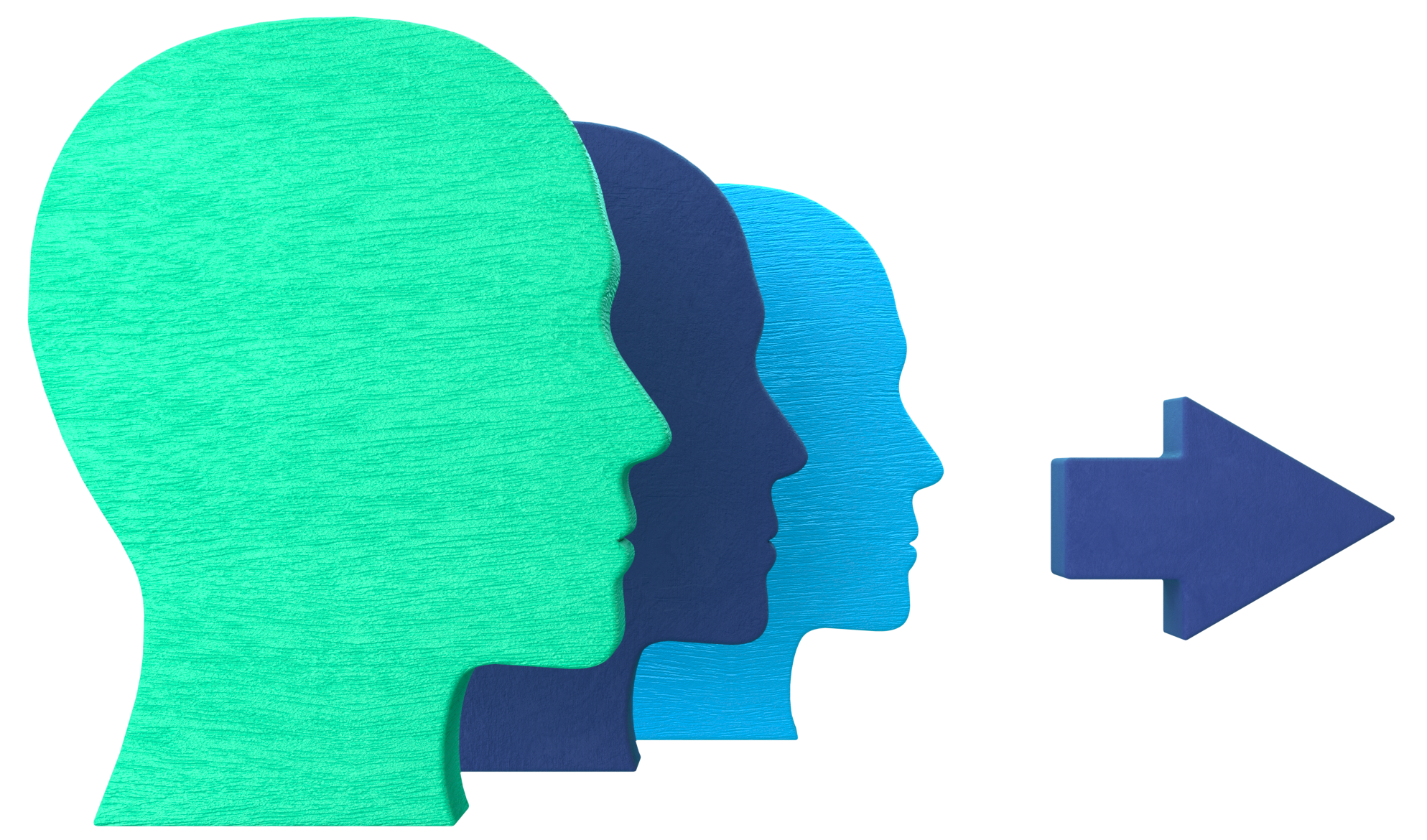Distributed collaboration, action and accountability
Facilitators ease the way to success, making it possible for groups to do their work. All groups have challenges in working together, often complex challenges. This course provides the advanced tools you need to break through group inertia and build momentum toward success. Deepen your ability to get the best from participation as a facilitator or leader.
Get teams, workgroups, departments and whole organizations working together to ensure success after success. Create collaborations that bring the right people together for the right task, focus their purpose and keep them on track. Use the group’s creativity to solve problems, generate lasting solutions and learn from mistakes. This course demonstrates how to build lasting commitment and empower groups to implement immediately.
Leverage the knowledge and experience of your people to make sound decisions and implement effective action. Leading longer term projects and programs with finesse requires skill and practical tools that operate through entire work cycles. This course shows how to use distributed decision making at every phase of a project to empower people to work with high agility. This course will increase your capacity to deliver on short and long term projects.
Benefits
- Form effective task forces and committees.
- Motivate participation with any size group.
- Generate joint solutions for complex situations.
- Launch programs and campaigns.
- Maximize commitment to any team project.
- Motivate and sustain coalitions and partnerships.
Learn how to:
- Launch an initiative – Clarify the purpose and build team consensus from day one.
- Form a team – Form roles and relationships to make the initiative successful.
- Collaborate effectively – Maintain motivation and momentum throughout the project cycle.
- Build models – Create structural solutions for a variety of purposes
- Create work plans – Enable groups to create practical plans and action timelines.
- Track action – Tools for accountability, problem solving, ensuring results and reinforcing change.
Group Facilitation Methods is a prerequisite for this course.
Session 1: Forming
- Effective team conversation
- Group journey model
- Claiming the victory
- Creating a project charter
Session 2: Storming
- Team morale
- Participation guidelines
- Understanding team conflict
- Tools for difficult situations
Session 3: Norming
- Model building
- Model merging
Session 4: Performing
- Leading a team
- Project work planning
- Coordinating action plans
Professional facilitators – build commitment in multi-stakeholder workgroups.
Project managers – guide initiatives to success.
Committee chairs – reconcile systemic conflict with participatory methods.
Managers and executives - advance vital causes with facilitative leadership.
Front-line staff – focus people on success.

